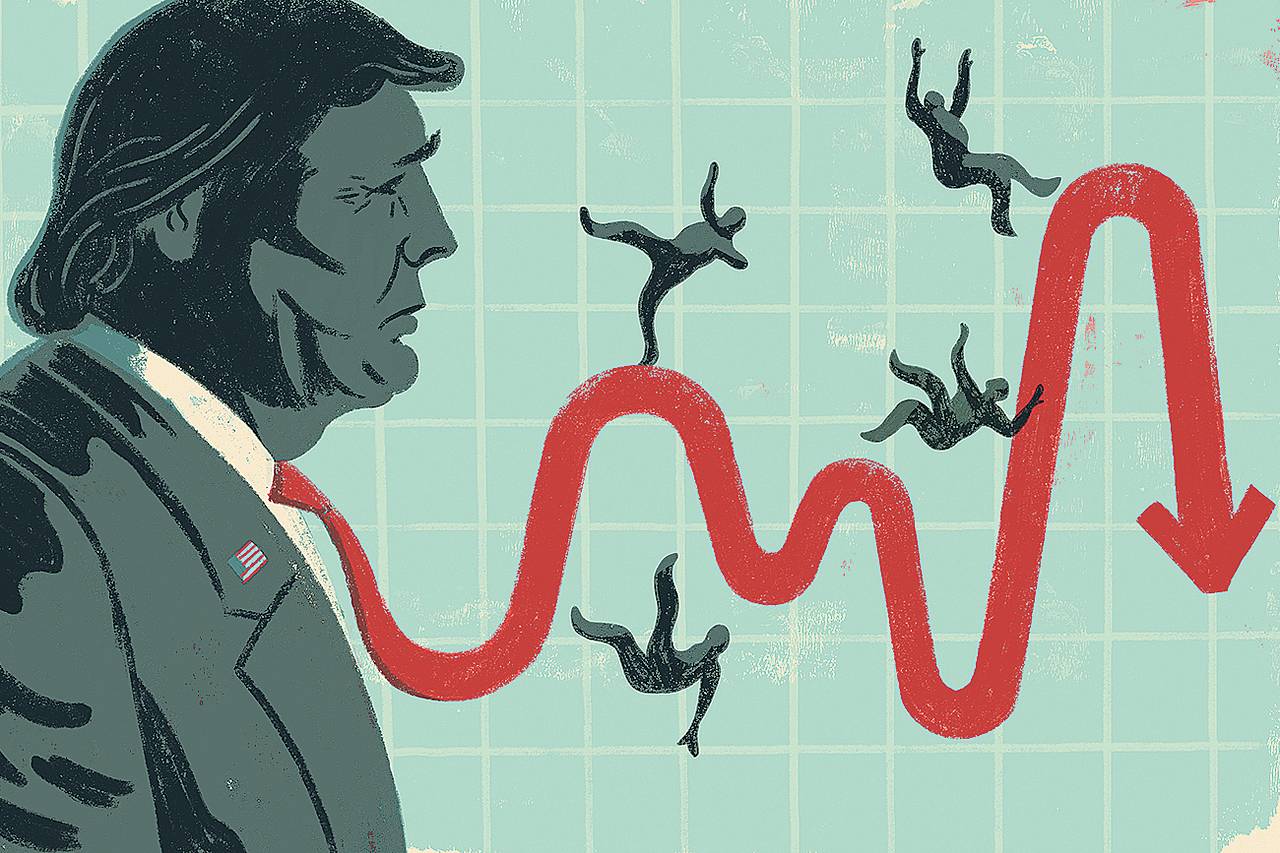The US dollar weakened on Friday and is pacing for its biggest weekly decline since 2011, as the currency markets continued to oscillate following the Federal Reserve’s midweek policy announcement.
The US dollar index, a trade-weighted average of the greenback against a basket of six trade partners’ currencies, declined 1 percent to 98.29. The index had bottomed out at 97.93 on Friday, putting it on pace for a weekly drop of around 2 percent.
The greenback fell sharply against the euro, which received a boost after the European Union offered Greece temporary relief from a credit crunch. The EUR/USD advanced more than 110 pips to 1.0782.
On Friday the European Commission said it would make €2 billion of unused EU development funds available to Greece, as the cash-strapped Hellenic republic continues to negotiate a long-term plan.
“This will not be used to fill Greece’s coffers, but to support efforts to create growth and social cohesion in Greece,” said European Commission chief Jean-Claude Juncker in a press conference.
Many analysts fear that Greece’s defiant stance on bailout reforms could push the country out of the Eurozone, resulting in an even bigger financial crisis. Greece’s troika of creditors agreed last month to extend their €240 billion bailout program through June in exchange for further reforms. Both sides have been stuck negotiating how those reforms would play out.
Global crude prices took advantage of a weaker US dollar on Friday. US crude – West Texas Intermediate for April delivery – advanced 4.1 percent to $45.78 a barrel. The US benchmark had risen by as much as 4.5 percent in midday trading. Brent for May delivery rose 1.2 percent to $55.09 a barrel.
Precious metals rallied across the board on Friday. Gold futures climbed more than 1 percent to $1,181.30 an ounce.
The dollar has been trading wildly since Wednesday after the Federal Open Market Committee dropped the word “patient” from its policy statement, but indicated that any future rise in interest rates would be very slow. The central bank also lowered its outlook on economic growth and inflation. Policymakers downgraded their median estimate of interest rates to 0.625 percent by the end of 2015. They had previously forecast 1.125 percent by the end of the year.
The Fed is unlikely to adjust rates before June. According to several analysts, a rate hike likely won’t materialize until September at the earliest.
Read More:
interactive brokers vs ninjatrader
Tradersdna is a leading digital and social media platform for traders and investors. Tradersdna offers premiere resources for trading and investing education, digital resources for personal finance, market analysis and free trading guides. More about TradersDNA Features: What Does It Take to Become an Aggressive Trader? | Everything You Need to Know About White Label Trading Software | Advantages of Automated Forex Trading


































